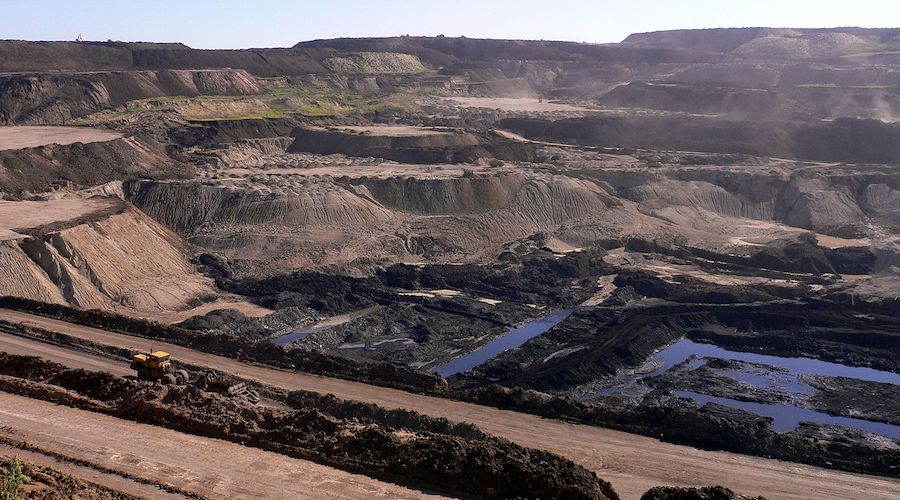
A plume of methane, which traps over 80 times more heat than carbon dioxide in its first two decades in the atmosphere, was detected by the European Space Agency’s Sentinel-5P satellite near a remote coal mine in Inner Mongolia on March 1. The Sentinel-5P had never before spotted the powerful greenhouse gas in that location, suggesting new or expanded activity.SIGN UP FOR THE ENERGY DIGEST
President Xi Jinping is deepening China’s dependence on coal as soaring energy prices and geopolitical instability resulting from Russia’s invasion of Ukraine threaten to hurt economic growth. China’s top economic planner has told major mining regions it wants to boost domestic output capacity by about 300 million tons and Beijing last month approved three different billion-dollar coal mine projects.
Researchers from Kayrros, a French geoanalytics company, estimate that the cloud of methane spotted on March 1 originated within 20 kilometers (12 miles) of the Manglai Surface Mine. The mine’s operator, Manglai Mining Co., is aiming to expand its capacity to 5 million tons of coal a year from 900,000 this year. It said last month it met safety requirements for the expansion and was moving toward a production license for the increased capacity.
“If full production at the Manglai mine has just now begun, then that may explain the observed satellite data,” said Ryan Driskell Tate, a research analyst with nonprofit Global Energy Monitor.
Manglai Mining, China’s National Energy Administration and Ministry of Ecology and Environment didn’t respond to questions. An official with Inner Mongolia’s environmental department declined to comment when reached by phone.
The plume spotted near Manglai underscores an often overlooked climate consequence of the turn back to coal. The 20-year impact of methane emissions from operating coal mines around the world each year has the same effect as about 4.32 billion tons of carbon dioxide — which is comparable to all the CO2 emissions from China’s coal plants, according to an analysis from Global Energy Monitor.
While curbing methane from coal mines can stem some of their planet-warming impact, ultimately the fuel has to be phased out to avoid the worst effects of climate change. Methane from coal mines have to fall 11% each year for the rest of the decade to maintain a transition pathway that avoids the worst of climate change, according to Global Energy Monitor.
“A wind down to that extent requires proactive planning and careful scrutiny in climate governance, including targeted mitigation plans and closures, and a faster phase-out of coal production,” GEM’s researchers wrote. “Outright cancellation of new mine projects is the only way to guarantee zero emissions from new sources.”
Yet Xi voiced new support for coal while addressing a group of Inner Mongolian lawmakers earlier this month at the National Party Congress. “We can’t toss away what’s feeding us now while what will feed us next is not yet in our pocket,” he said.
China, the world’s largest producer and consumer of coal, has declined to join an international effort to curb methane led by the U.S. and EU, but has said it’s working on a plan to contain emissions of the greenhouse gas. It has said that coal consumption should begin to drop in the second half of this decade as it strives to peak emissions across the economy by 2030.
But the recent push to boost coal supplies endangers that goal. Kayrros estimated the methane plume in Inner Mongolia had an emissions rate of 121 tons of methane an hour — though it cautioned there was significant uncertainty because of winds at the time. If the release lasted an hour at that rate, it would have had the same short-term climate impact as the annual emissions from roughly 6,000 U.K. cars.